How to start a travel blog step by step (in 2025)

Would you like to start a travel blog?
Whether it is just for keeping an online travel diary or because you really want to get into the business of travel blogging, creating a travel blog is a very simple task that doesn’t require any coding or technical skills.
Like you, when I first started with travel blogging, I had absolutely no idea about websites and terms such as web hosting or WordPress were completely new to me.
Today, it’s been 4 years since I created Against the Compass, time in which I managed to turn a simple travel website into a successful travel blog from which I make a full living.
Here you can read my 6 ways of making money from travel blogging.
And, for this reason, I often get asked for tips on how to start a travel blog, so in this post, I wanted to give you a detailed step-by-step guide to how to create one from scratch, as well as all the costs involved.
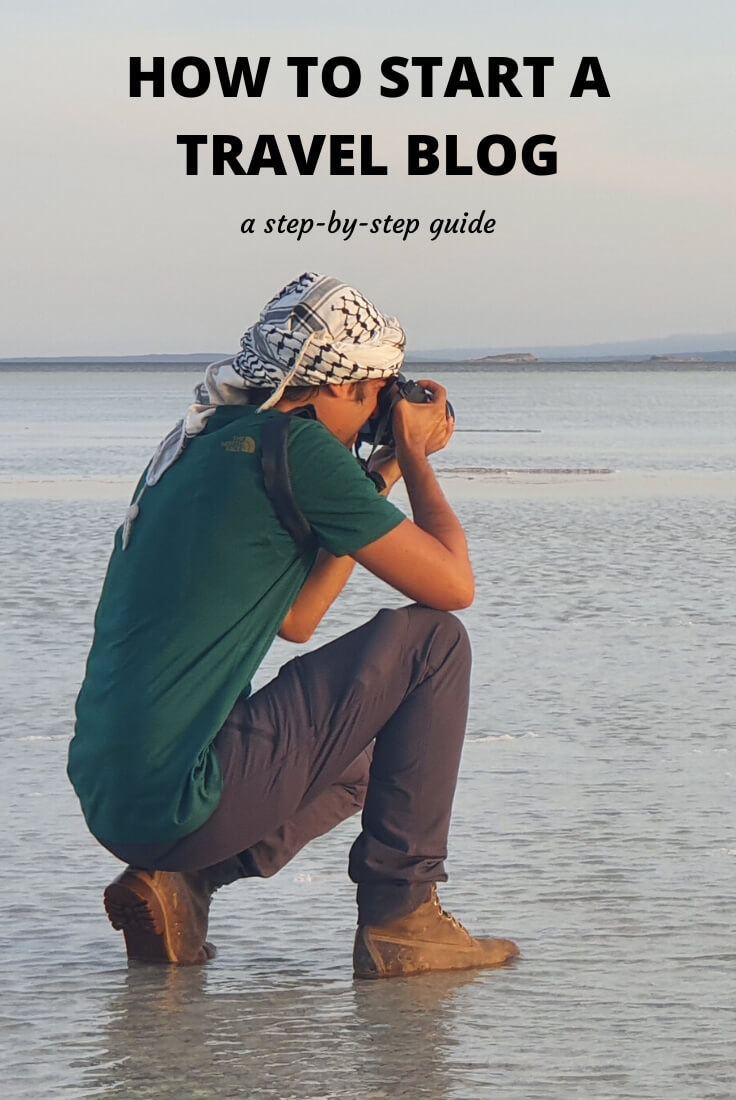
In this step-by-step tutorial, you will find:
How to pick a name for your travel blog
In my opinion, this is the most – and only – difficult part of starting a travel blog.
Do you know what was my blog’s first name?
myownworldperspective.com
It was awful, right?
It really was but, when I decided to get serious about travel blogging, I spent several weeks thinking, re-thinking and brainstorming before coming up with a proper name like Against the Compass.
Here are some of my best tips.
Pick a name that summarizes the purpose of your travel blog
Today, the internet is saturated with thousands of blogs, so you really want to choose a name that stands out from the crowd, ideally, a name that defines the concept of your blog, as it will be easier to remember and it will be good for your personal branding.
Here you have some great examples:
- Against the Compass – My blog, focused on off the beaten track travel
- The Broke Backpacker – Budget backpacking
- Nomadic Boys – Gay travel
- Unusual Traveler – Off the beaten track travel
- Travels of a Bookpacker – Backpacker with an emphasis on books and culture
But, most importantly, choose a catchy name
Ideally, your blog name should be related to your blog’s concept but there are many successful travel blogs out there with an original name instead.
For example, think about Nomadasaurus.
Alesha and Jarryd focus on adventure travel but their blog’s name could suggest so many things. However, it is very easy to remember and they have done a great job in communicating their personal branding.
Both will work as long as you take the following tips into account:
Keep it short and easy to remember – Take a look at my first blog’s name, myownworldperspective.com. There were so many issues with that name, one of them being it was too long. Keeping it short and simple will not only be easier to remember but also, keep in mind that social media ID handles have character limitations.
Don’t complicate yourself, be simple – Don’t use complicated, philosophical terms or slang words that could lead to confusion. Otherwise, you will have to explain the meaning of it each and every time anybody asks you for the name of your travel blog.
Think in the long term – Unless you are already a senior traveler who wants to name their blog Senior Backpacker, don’t add any age-related term into your blog’s name because over time, you will get older and it will become useless. Furthermore, if you are starting your journey in Latin America, don’t use names like davidinsouthamerica.com, as you don’t want to limit yourself to this region unless, of course, you clearly want to focus exclusively on that specific destination.
Avoid overused words such as nomadic, adventurous or wandering
These terms used to be cool so many years ago, but not anymore.
There is no more room for Nomadic Johns or Adventurous Jennifers, no thanks.
These terms have been used thousands of times so, if you want to be original, stay away from them.
Bonus – How did I come up with Against the Compass
As I said, it literally took me weeks to come up with my blog’s name and what helped me immensely was creating an Excel file with 3 different columns:
- Travel-related words
- Niche related words
- Terms that define me as a traveler or person
I took my time in thinking about all possible words and then, I made as many combinations as I could between columns and, as you may imagine, compass was in the travel-related column, and against in the niche-related column.
Once I found a good combination, I asked my friends for feedback and, very important, give it some more thought for a few days, as you may find a combination which seems cool at the beginning but, after 2 days of repeating it in your head, it sounds completely ridiculous.
Do you know that I almost named my blog The Curious Camel?
I really thought I had found the ultimate name for my travel blog but then I realized it was crap.
Sooner or later, a great name will come up.

How to choose the right web hosting
Do you know what web hosting is?
Basically, web hosting is a parking spot for your website.
All your website’s data needs to be stored somewhere, which is in a server located in a specific location. Mine is somewhere in Ireland.
There are, literally, thousands of hosting companies out there, some of them are awful, some of them are great, and I strongly recommend HostGator, one of the most popular hosting companies for beginners.
Why Hostgator?
- Super cheap starting plans + Good service
- Even I started my travel blog with HostGator and, overall, I was satisfied.
- Readers of Against the Compass can get an exclusive discount, $2.75 per month

Over time, however, once your blog starts growing, you may want to move to a more expensive, and self-dedicated host and, in case you are wondering, I am currently with Performance Foundry but I would never recommend it to beginners, as their cheapest plan starts at 115USD a month.
How to sign up for Hostgator
It is very easy, and all you need to do is following some very easy steps.
1 – CLICK HERE to go to HostGator main promo page
2 – CLICK ON Create your site now!

3 – Choose your plan. For beginners, I recommend you choose the cheapest one – Hatchling.
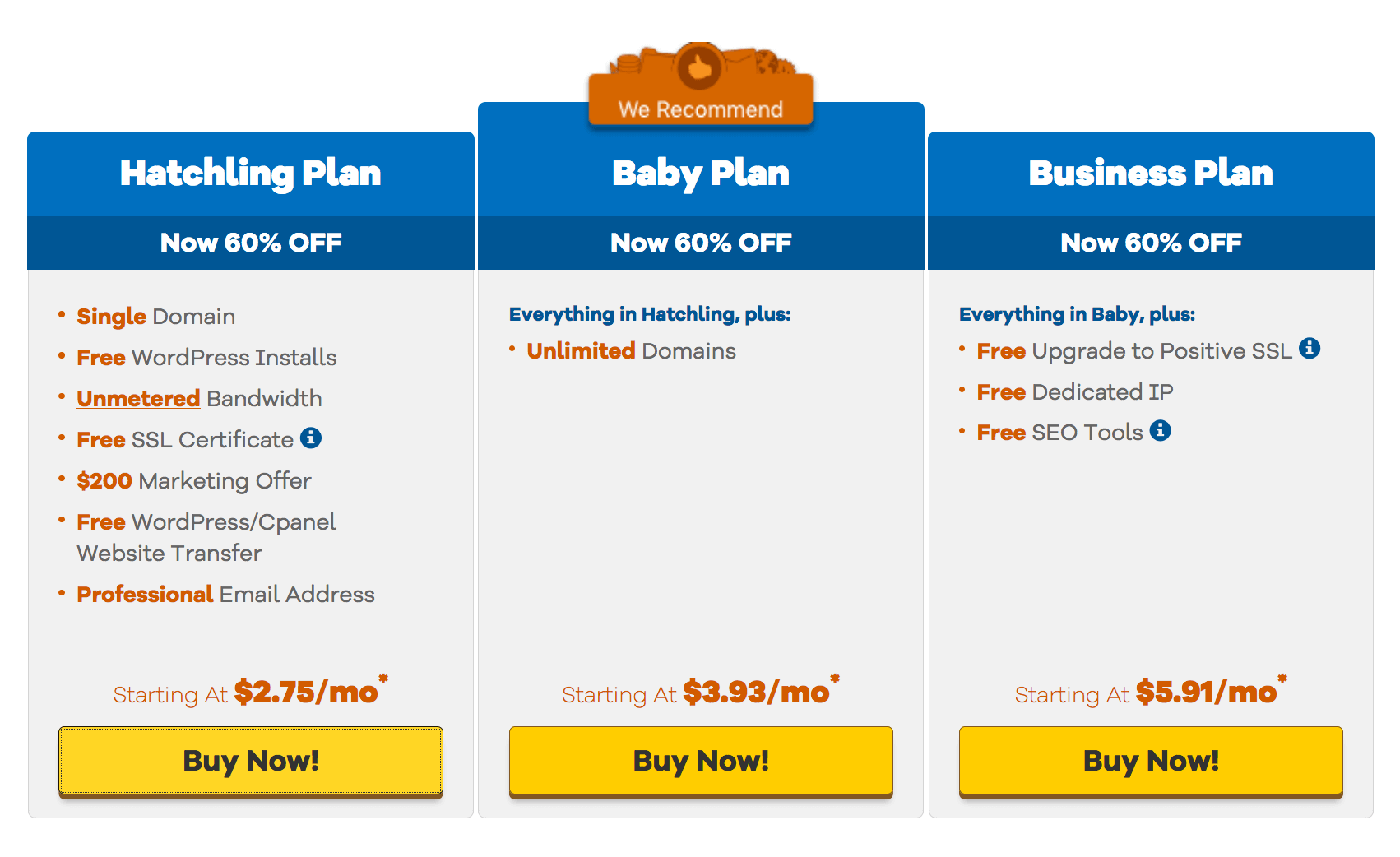
4 – Choose your domain (IMPORTANT). Here, you will have to see if your domain is available. If it isn’t, they will give you similar suggestions, as you can see when you type againstthecompass. Usually, any domain has a yearly fee but with HostGator, you can register 1 for free.
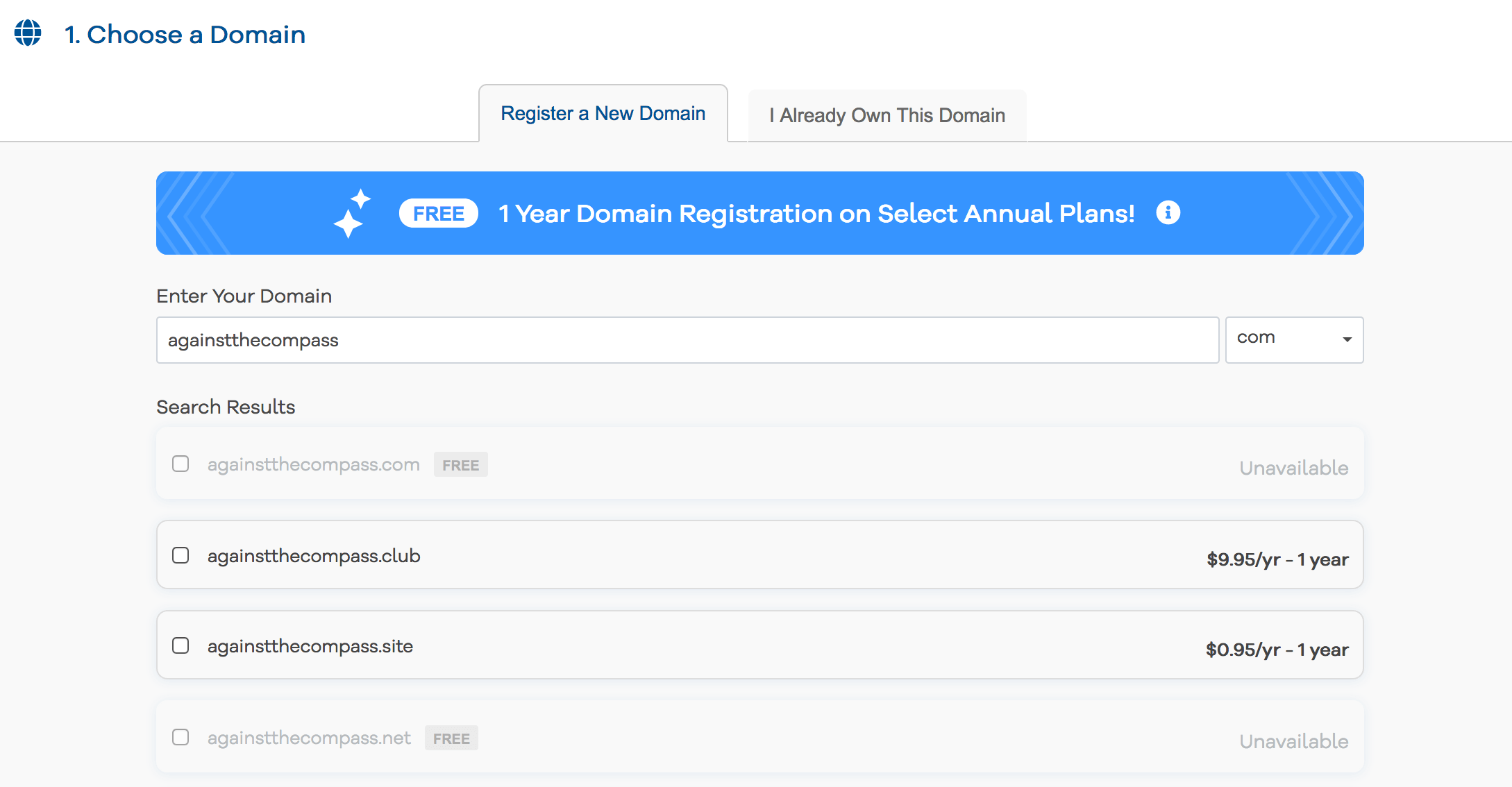
5 – Choose your hosting plan. You need to select how many months in advance you want to pay for. The more months you pay, the cheaper it will get. To be honest, if you are planning to get very serious about blogging, I would only purchase 12-24 months, for the simple reason that your website might grow and you may want to move to a higher quality hosting sooner than expected. When I first started, I did purchase 36 months, but my blog grew quickly and I moved to another hosting after 18 months, so I lost all that money. Either way, it is your own choice.
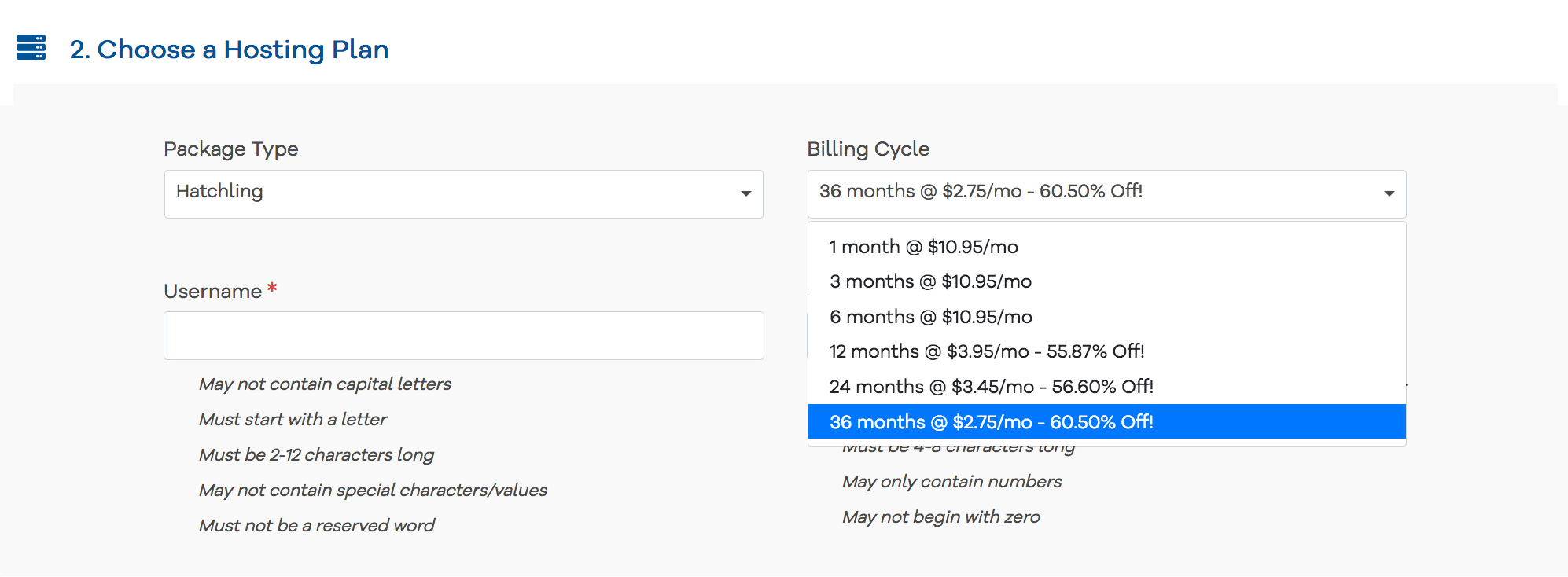
6 – Enter your personal data. No secret here.
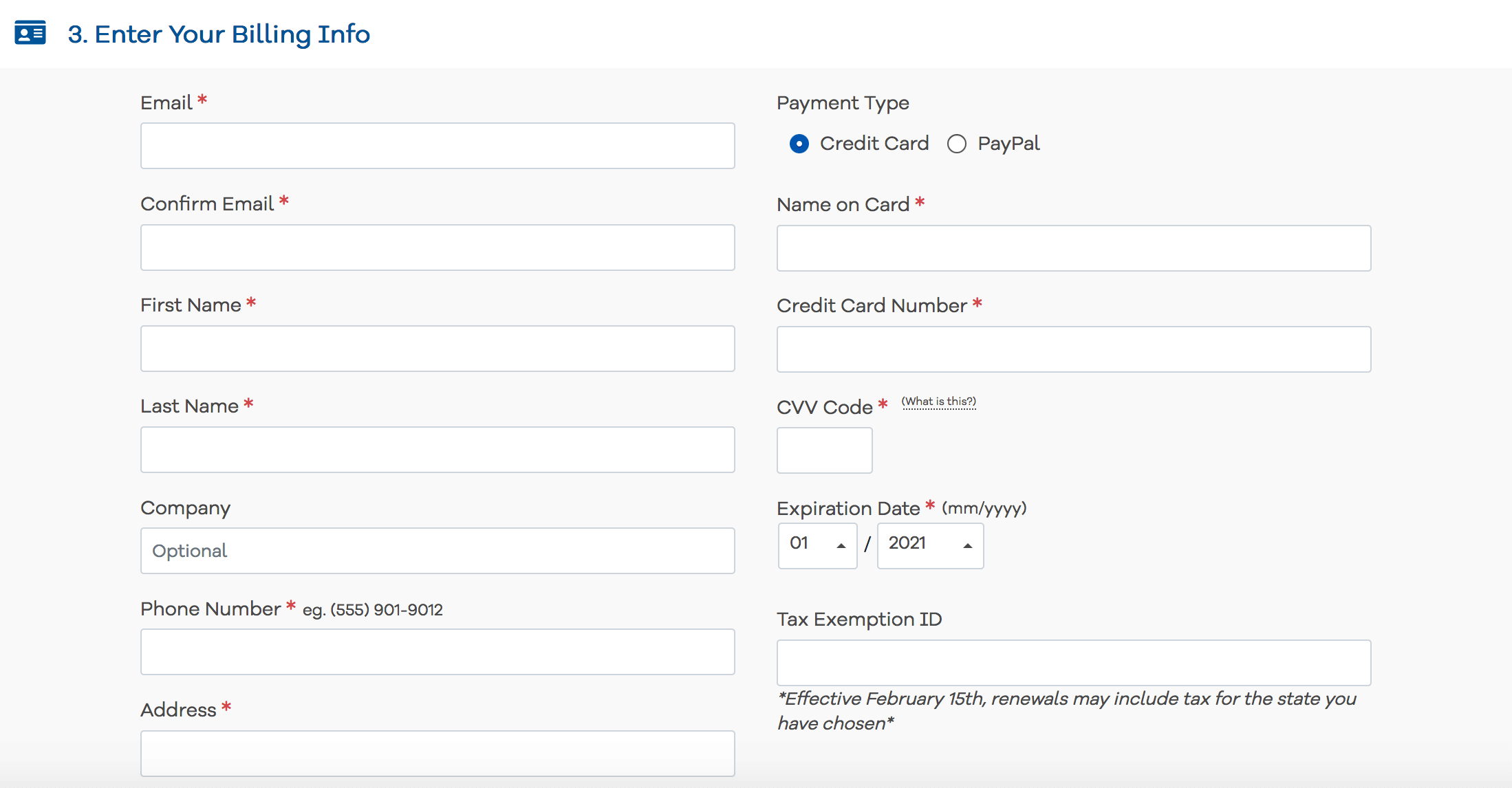
7 – Add additional services. Don’t buy any of these services as you will only need them once you start getting more serious with the blog, plus there are many plugins fulfilling these functions.
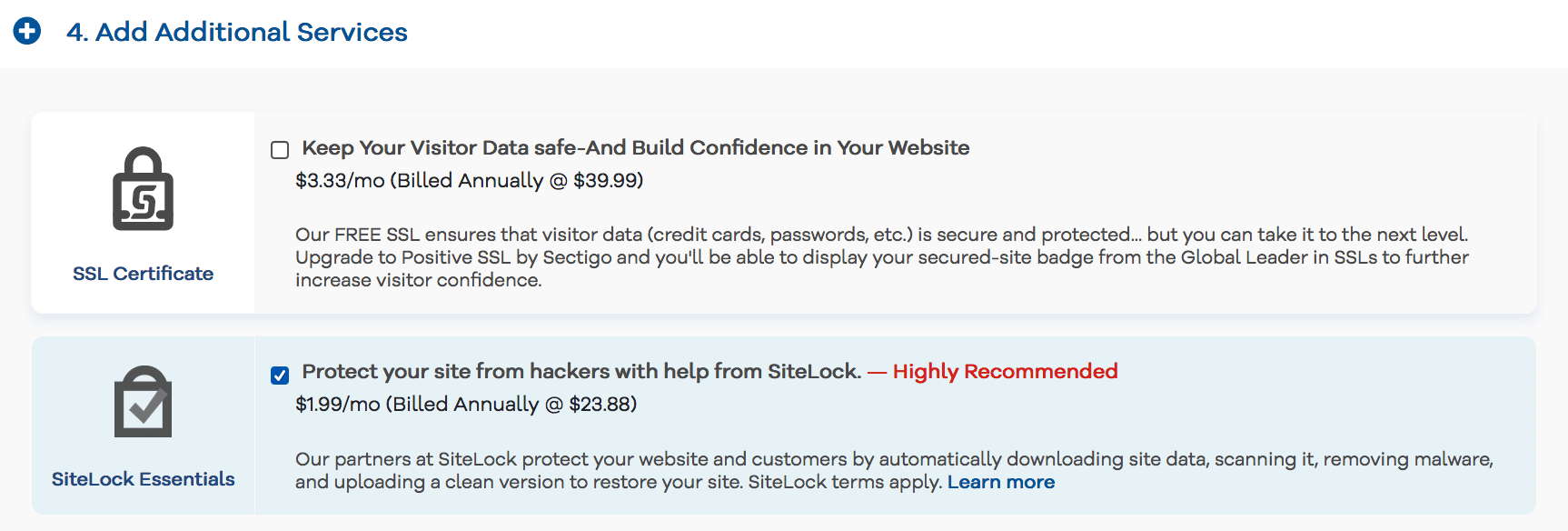
8 – Final price and proceed to check out. I selected 36 months and, as you can see, the price is just $105 for 3 full years. It can’t really get lower than that for a serious blog.

How to install WordPress
In technical terms, WordPress is a free and open-source content management system (CMS) written in PHP, which basically translates into an easy-to-use blogging tool that will make your travel blogging journey very smooth.
By the way, you may have heard of other blogging platforms such as Wix or SquareSpace – and there are many other alternatives – but WordPress is the smartest choice as other CMS have many limitations, plus Google loves WordPress the most.
The vast majority of professional websites worldwide are built with WordPress.
Anyways.
Installing WordPress on your brand-new travel blog takes only a few minutes, as it is a default option incorporated in your Hostgator account.
For that, go to your HostGator’s Portal (C-Panel), click on the WordPress icon and follow their very-easy-instructions.
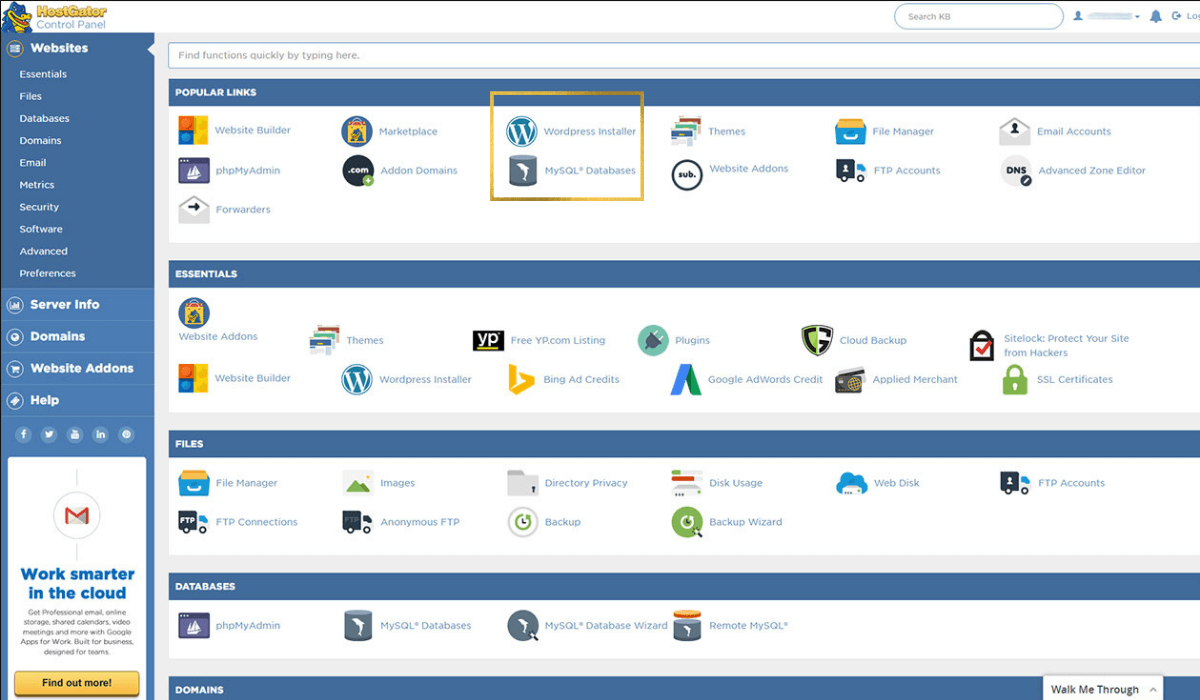
Getting started with WordPress
Once you have successfully installed WordPress, go to yourdomainname.com/wp-admin
Enter the credentials you created at the WordPress installation and voilà, your travel blog is up and running.
This is what the main WordPress dashboard looks like:

On the left side, you have the main menu in which you find options such as creating a new post, managing your comments and settings.
At this precise point, WordPress feels quite intimidating and I suggest you browse WordPress beginner tutorials on YouTube to start getting familiarized with all the functions.
It just takes a few days to understand its functionality.
1 – Installing a theme for your travel blog
Essentially, a WordPress theme is a default design for your blog, so you don’t need to code it from scratch.
However, the beauty of WordPress is that most themes can be tweaked, so, if you don’t like a certain design or feature, it is possible to customize it but, for that, you will need some coding skills.
For this reason, you must to choose the theme that is closest to the design you have in mind.
WordPress comes with many FREE themes but they come with lots of limitations.
If you just want to create a travel blog to keep an online travel diary, that’s fine but, if you want to get seriously into travel blogging, you should buy a premium theme, which starts at 30USD, approximately.
Premium themes have the advantage that they can be customized, are more SEO friendly and you can usually get customer support from the theme’s developers
Now, there are thousands of themes out there but I started my travel blog with The 7 from Theme Forest.
The 7 is a great WordPress theme for beginners, as it comes with so many added functions, so you don’t need many developing skills to customize and set up your travel blog, but remember that the more functions your theme has, the more code it has, hence the slower your website will be.
After 18 months creating my travel blog, once my website started growing, I hired a developer who helped me set up a more professional theme. For that, I paid around 1,000USD.
By the way, the most professional, SEO-friendly themes are the ones from StudioPress.
If you want to hire a professional developer, look on Upwork and, for designers, look on 99designs.
2 – Plugins you need to install when creating a travel blog
This is an important, essential part of WordPress.
Basically, a plugin is a third-party app that provides additional features.
Some of them are free, whereas others are you have to pay for.
Each website will require different plugins but keep in mind that most plugins will add some extra code into your website, which may slow down your site, so choose carefully and don’t abuse.
These are some of my plugins, I have 19 in total:
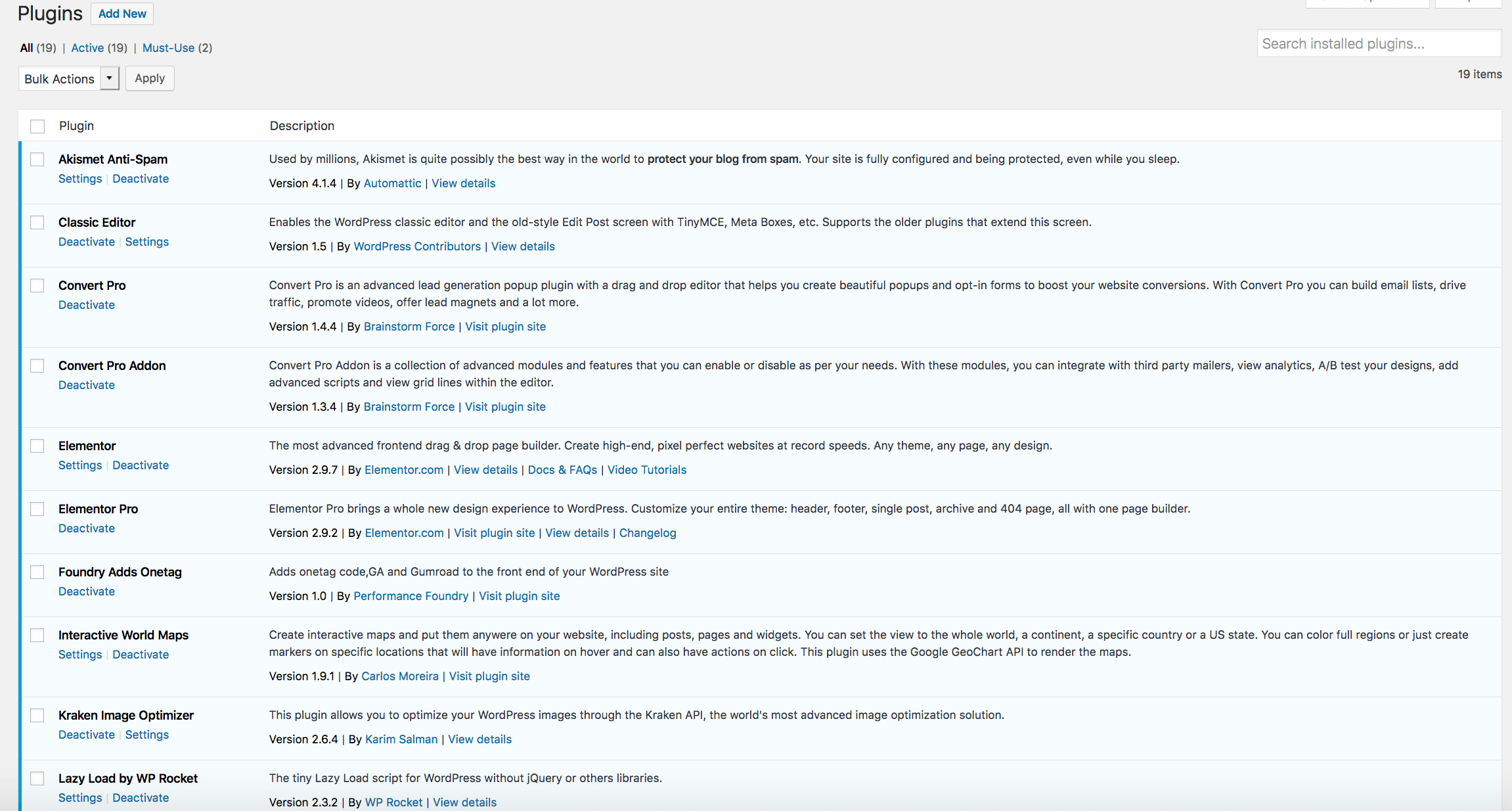
And, for starters, I recommend you install the following ones:
- Akismet – A plugin that filters spammy comments. Once your blog grows, you’ll get hundreds of spam comments per day.
- Interactive World Maps – For travel bloggers, this clickable world map is essential.
- Kraken Image Optimizer or Imagify – Downsizes and optimizes all your images for better performance.
- Rank Math or Yoast – SEO plugin that helps you optimize your blog posts for Google Search.
- TinyMCE Advanced – Additional writing functions when using the WordPress editor for creating blog posts.
- WP Rocket – Cache plugin for speeding up your website.
Your plugins will change over time based on your needs and website’s functionality, as some plugins may cause incompatibility issues with your theme, WordPress version or even with other already installed plugins.
3 – Create your main blog pages
Your blog will contain both blog posts and pages and the main difference between them is that pages are static, don’t have a date and usually, link to blog posts.
Must-have pages when starting a travel blog:
- FrontPage – This is your main landing page and it should clearly show your blog’s concept and latest posts. Once your blog grows, you can add more content on the go. Check mine here.
- Country pages – For travel blogs, I recommend having a visible Destination page, so readers can check the countries you’ve been to. That gives a better user experience. Check mine here.
- Blog page – A page that contains all your articles. Check mine here.
- Contact Page – So people can reach you. Check mine here.
- About me – Readers might want to know not only what your website is about but also the person behind it. Check mine here.
- Privacy Page – Law and data-privacy stuff. You can find models online. Check mine here.

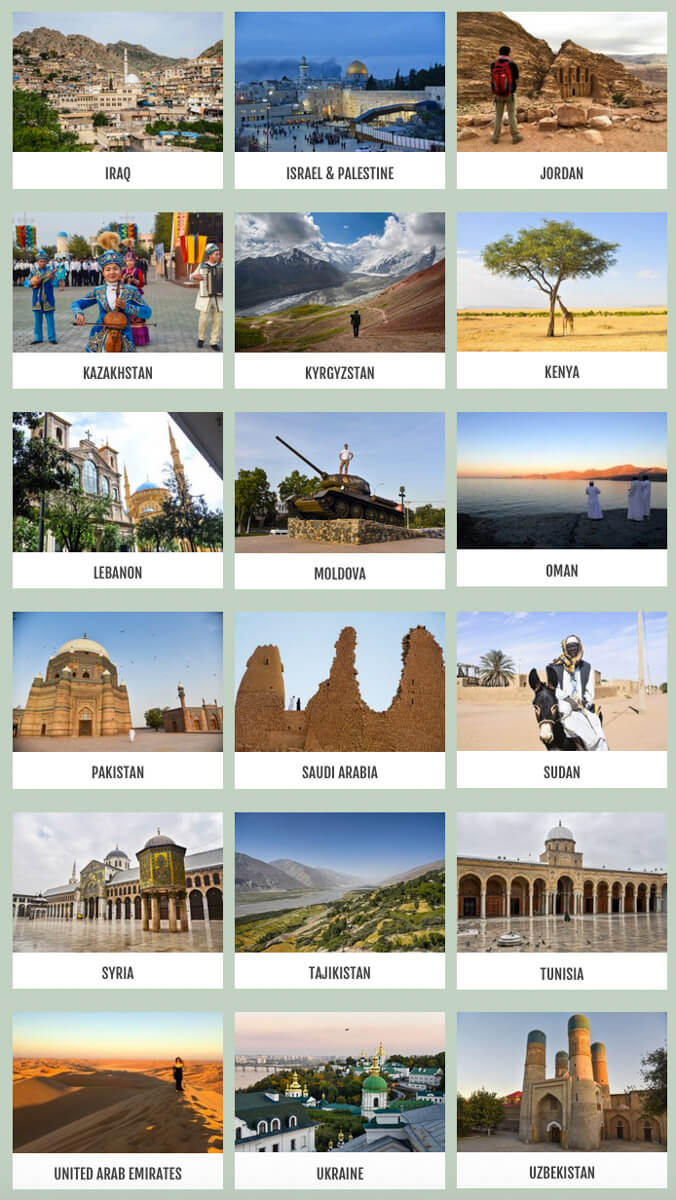
4 – Creating your first travel blog post
Your blog is almost ready to be launched and the only thing you are missing is creating your first blog post.
What are you going to write about?
Let me tell you a secret: I don’t keep any of my first 20 blog posts, not a single one.
I either deleted or completely re-wrote them.
Once, I wrote a post about visiting a temple in Myanmar, in which half of the article was the story of a monkey who stole my bananas. After months of blogging, when I re-read that article, I just found it ridiculous, and even felt kind of ashamed for writing that. I mean, who the hell cares about that story?
Believe it or not, this happens to many bloggers, but there is nothing wrong with that, as it only means that you are getting better day by day, not only your writing skills but also because you are figuring out which content does well for your audience and which doesn’t.
A few tips:
- Focus on the place, not yourself. Nobody cares about you, not yet.
- Provide useful content. There is so much content on the internet. What can you write that you readers will find invaluable?
- Be unique. Don’t write about something which has been written a thousand times and if you do, find a different approach, give further information.
- Write for your specific audience, only for them. If you focus on budget travel for example, don’t blog about your last stay in a 5-star hotel.
I am not the biggest fan of social media and I don’t invest a lot of effort into it because I prefer other aspects of blogging, but they are great for communicating your brand.
- Facebook – You can get some minimal additional traffic but today, unless you invest some $, Facebook won’t take you very far. Check my profile here.
- Instagram – When I am traveling, I am quite active on Instagram Stories and I post some occasional pics. Check my profile here.
- Pinterest – This social network has evolved into a search engine from which you can get a lot of traffic. Check my profile here.
- Twitter – I don’t use it because I don’t have time but bloggers say it is a great networking tool.
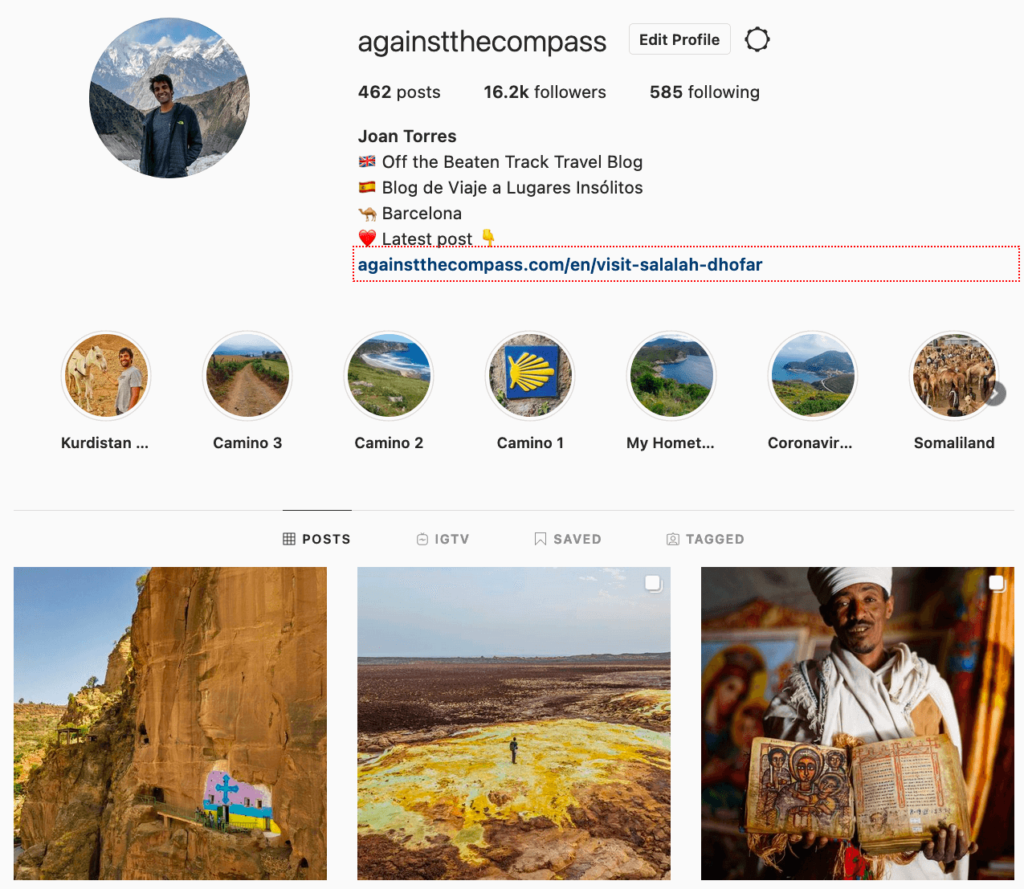
How much does it cost to start and set up a travel blog?
In summary, this is what you are going to spend:
- Web Hosting – 105USD, assuming you get 36 months
- WordPress Theme (optional) – 39USD, assuming you get The 7
In my opinion, this is a very small initial investment, assuming that you can really turn this into a very profitable business.
Over time, as both your blog and income grow, your expenses will also increase, of course, as you will get a higher hosting, hire freelancers to do specific tasks and buy tools that will be key for your strategy.
Learn here my 6 ways of earning money from travel blogging.
Read more blogging articles
- Becoming a Father
- Why I don’t want to be a Youtuber
- Should You Quit Your Job and Travel the World?
- Reason Why I am Done with Long-Term Travel
- How to Make Money from Travel Blogging
- Why you shouldn’t visit all the countries in the world
- Why you should travel the World without censorship

7 comments
Hey Joan, I wanted to start a travel as well but not to make money but to keep my relatives up-to-date and keep it as a hobby but I do want to keep it nice and neat and I’d even like to have a logo. Where did you design yours? I like it a lot. Thanks in advance
Hello Andy, designing this logo was a favor from the creative agency that had designed all packagings and ads from the last company I worked for, so it was a pretty special case. However, you can get a logo designed for $100-200 on 99 designs. Cheers,
Hi!
Thanks for the useful tips.What do you think of godaddy website hosting service? Do you recommend it for a beginner like me?
Thanks in advance
Hello, I have never tried GoDaddy but I created my blog with Hostgator. In my understanding, both hostings are options for beginners but just checked pricings and Hostgator is cheaper.
Hi!
What do you recommend regarding comment plugins?
do you use anything in particular?
I don’t recommend any. A Comments section comes by default with any WordPress theme and comment plugins only add additional, unnecessary features that will slow down your website
Thanks for the tips!
Started mine a few months ago and trying to grow it so appreciate reading advice like this.